Maintaining a healthy and radiant smile is more than just an aesthetic desire – it’s a crucial aspect of your overall health. When it comes to oral hygiene, both braces and crooked teeth can present unique challenges. But which one has a greater impact on your oral health? In this post, we’ll discuss the difficulties of cleaning with braces and crooked teeth, and provide some tips for managing each situation effectively.
Different types of crooked teeth
Crooked teeth come in many forms, and the specific type can influence the best course of treatment. Here are some common types of misaligned or crooked teeth:
Crowding: This occurs when there’s not enough space in the jaw for all of the teeth to fit normally. When the teeth run out of space, they can overlap, twist, and become bunched up.
Spacing issues or gaps: On the other end of the spectrum, having too much space in the jaw can result in gaps between the teeth. This could be caused by missing teeth or just natural growth.
Overbite: An overbite happens when the upper front teeth significantly overlap the lower front teeth when the mouth is closed. This is also sometimes called a “deep bite.”
Underbite: An underbite is the opposite of an overbite. The lower front teeth protrude past the upper front teeth.
Crossbite: A crossbite happens when some of the upper teeth bite inside the lower teeth. This can occur on one or both sides of the mouth and can affect the front or back teeth.
Open Bite: With an open bite, the front upper and lower teeth slant outward so much they don’t touch when the mouth is shut.
Misplaced midline: This occurs when the center of your upper front teeth doesn’t line up with the center of your lower front teeth.
Orthodontic treatments like braces or clear aligners are typically used to correct these issues. Your orthodontist can recommend the best treatment for your specific situation based on the severity and type of misalignment.
How do crooked teeth affect your oral hygiene?
Having crooked teeth can indeed make maintaining oral hygiene more difficult for a variety of reasons:
Hard-to-Reach Areas: Crooked teeth can create hard-to-reach areas that a toothbrush or floss may not be able to access effectively. These areas can become a breeding ground for bacteria and plaque.
Food Trapping: When teeth overlap, there can be tight spaces where food particles get trapped and are difficult to clean out. This trapped food can increase the risk of plaque buildup and tooth decay.
Flossing Difficulties: If teeth are crowded closely together, it can be challenging to floss between them. Floss might shred or get stuck, making the process frustrating and leading to potentially inadequate cleaning between the teeth.
Gum Problems: Poor oral hygiene due to difficulty in cleaning crooked teeth can lead to gum disease, which is a condition where the gums become infected, swollen, and can bleed. Over time, gum disease can lead to more serious complications, including tooth loss.
Increased Risk of Cavities: Without proper cleaning, the accumulated plaque and tartar on and between teeth can lead to cavities.
Given these challenges, it’s especially important for people with crooked teeth to be diligent about oral hygiene. Here are some recommendations:
- Use a toothbrush with soft bristles that can clean hard-to-reach areas better.
- Try interdental brushes or water flossers if flossing is difficult.
- Regularly use an anti-bacterial mouthrinse to help reduce bacteria in the mouth.
- Have regular check-ups and cleanings with a dental professional.
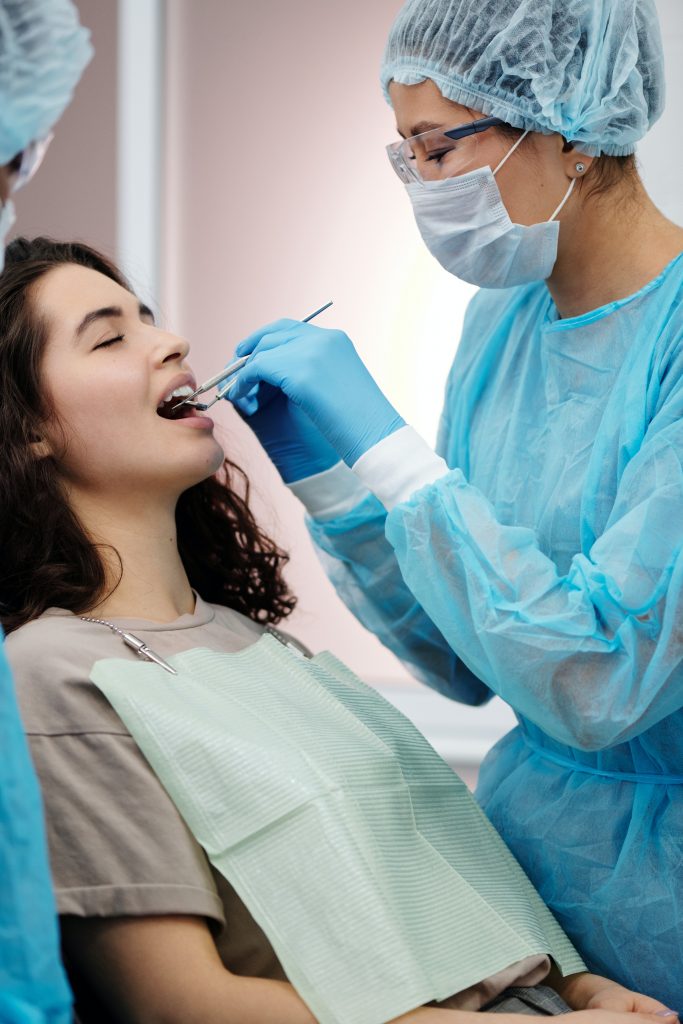
Correcting the alignment of the teeth with orthodontic treatment can also help to make cleaning easier and promote better oral health in the long run.
What are braces?
Braces, in the context of dentistry, are a type of orthodontic treatment used to correct issues with your teeth, such as crowding, crookedness, or misalignment. They can also correct problems with your bite, known as malocclusions, such as underbites, overbites, crossbites, or excessive gaps.
Braces work by applying continuous pressure over a period of time to move teeth in a specific direction slowly. As the teeth move, the bone changes shape as pressure is applied.
There are several types of braces available, including:
Metal braces
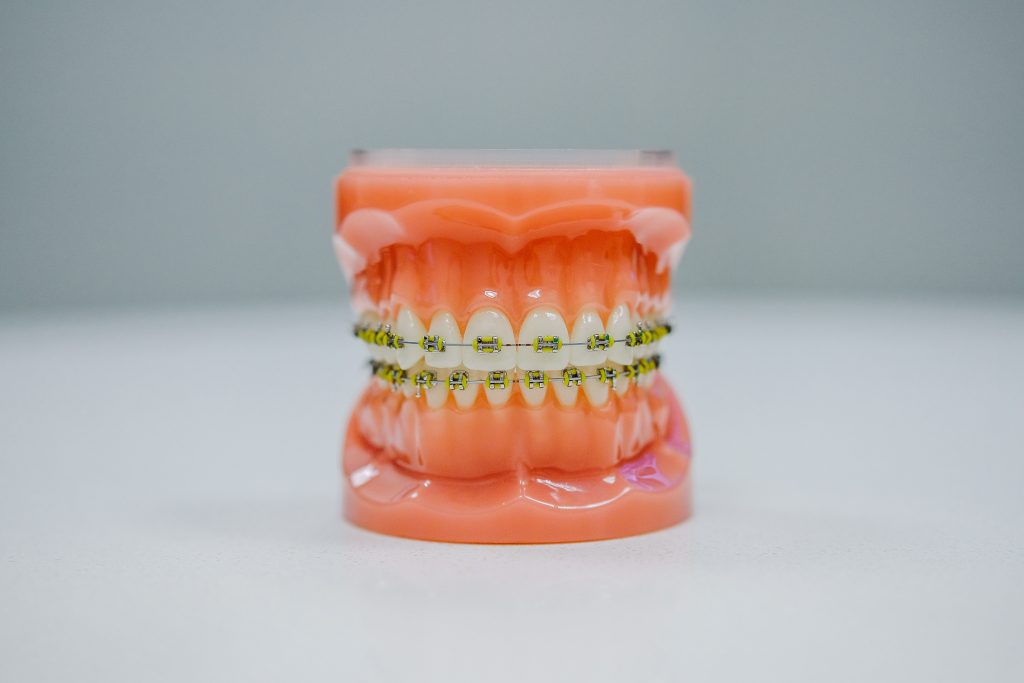
Metal braces, also known as traditional braces, are a type of orthodontic device used to align and straighten teeth and help to position them concerning a person’s bite. They’re the most common braces seen in children and adolescents, but adults wear them too. They’re called “metal braces” because the brackets attached to the teeth are metal.
Here’s how they work:
Brackets: Small metal squares, known as brackets, are bonded directly to the front of each tooth using special dental bonding agents. Brackets act like handles, holding onto the arch wires that move the teeth.
Archwire: The archwire is a thin metal wire that runs from bracket to bracket. This wire applies pressure to the teeth, guiding them into position over time.
Elastic Ties or Ligatures: These small rubber bands, also called “o-rings” or “donuts,” hold the archwire onto the brackets. These bands are usually changed at each adjustment appointment and come in a wide variety of colours.
Bands: Some patients may also have metal bands encircle their teeth, providing anchors for the brackets and archwire.
The pressure from the archwire is adjusted over time by your orthodontist, which slowly moves your teeth into their proper positions. The process is gradual, with adjustments generally made every 4-8 weeks during regular orthodontic appointments.
While metal braces have a reputation for being noticeable, modern options are much smaller, less obtrusive, and more comfortable than their predecessors. In some cases, you can even customize them with different coloured bands.
Ceramic braces
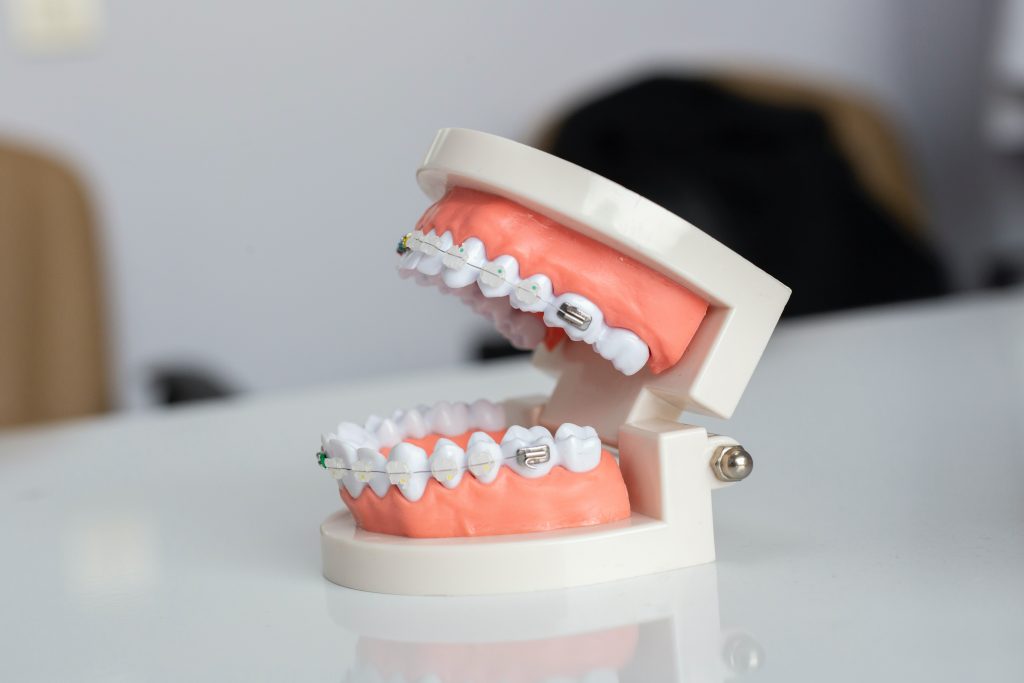
Ceramic braces are similar to traditional metal braces in terms of their design and function, but they are designed to blend in with the natural colour of the teeth for a less noticeable appearance.
The brackets in ceramic braces are made of a clear or tooth-coloured ceramic material rather than noticeable stainless steel. This allows them to blend in with the colour of your teeth, making them less visible from a distance or in photos.
Ceramic braces function the same way metal braces do. Over time, the tension in the archwire shifts your teeth into proper alignment. Your orthodontist will adjust the tension during your regular appointments.
While ceramic braces are less noticeable than metal braces, they are generally larger and more brittle. They may stain if not properly cared for. The brackets can also be more expensive than their metal counterparts, so ceramic braces can cost more overall. However, many people find these trade-offs worth it for the aesthetic benefit of having braces that blend in with their teeth.
Invisible braces
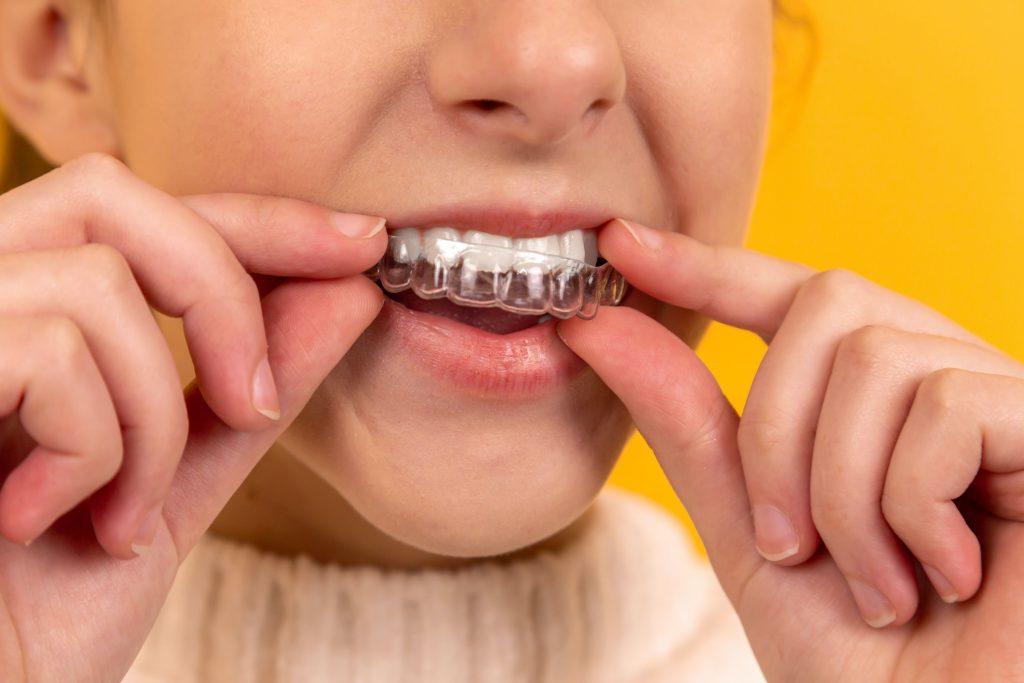
Also known as clear aligners, these are removable and almost invisible on the teeth. They are a series of clear, customized, removable appliances called aligners. Invisalign is a popular brand name for this type of braces.
The process of getting braces involves several steps, including a consultation, initial setup, regular adjustments, and finally, removal of the braces. After braces are removed, most patients will need to wear a retainer for some time to keep their teeth from shifting back to their original position.
Difficulty in cleaning with braces
Having braces can indeed make cleaning your teeth more difficult due to the brackets and wires that can obstruct access to certain areas in your mouth. Here are some challenges you may encounter:
Food Particles Trapped in Braces: Brackets and wires provide many small, hard-to-reach spaces where food particles can become trapped.
Difficulty Brushing: The presence of braces can hinder effective brushing. They prevent the bristles of a toothbrush from fully reaching the tooth surfaces, which can leave plaque behind.
Complex Flossing: Flossing becomes more complicated with braces as you have to thread the floss under the wire for each tooth, which can be time-consuming and tricky.
Risk of Staining and Decalcification: The areas on the tooth surface covered by the brackets can remain their original colour, while the exposed parts of the teeth may become discoloured if not cleaned properly. This can result in a two-tone effect when the braces are removed. Additionally, consistently leaving plaque around the brackets can lead to decalcification, which are white, chalky marks on the teeth.
Increased Risk of Gum Disease and Cavities: With the increased difficulty of thoroughly cleaning teeth when wearing braces, the risk of developing cavities and gum disease can also increase if proper oral hygiene isn’t maintained.
Special oral care products for braces wearers, such as orthodontic toothbrushes, floss threaders, interdental brushes, and water flossers, can be very helpful to manage these challenges. Rinsing with a fluoride mouthwash can also support oral hygiene by helping to reach spots that are hard to clean. Lastly, regular dental cleanings and check-ups are especially important while wearing braces to ensure any potential issues are spotted and treated early.
Which one affects your oral hygiene more?
So, which is more challenging when it comes to oral hygiene: braces or crooked teeth?
The truth is, both can make maintaining good oral hygiene more difficult, but in different ways. The extra care needed to clean around braces is temporary and eventually leads to better-aligned teeth, easier cleaning, and improved oral health. On the other hand, the challenges presented by crooked teeth, if not addressed, could persist and potentially lead to more serious oral health issues over time.
Whether you’re dealing with braces or crooked teeth, maintaining good oral hygiene is very important. Special tools such as floss threaders, orthodontic brushes, or water flossers can help ensure thorough cleaning for those with braces. Regular professional cleanings and check-ups are crucial for those with crooked teeth to prevent complications.
Orthodontic treatment is an investment in the future of your oral health, transforming a crooked smile into one that’s easier to care for in the long term. If you’re considering braces to address crooked teeth, About Braces is here to discuss the best plan for your situation. Remember, a straight smile is not just about looking good – it’s about maintaining a healthy mouth for a lifetime!


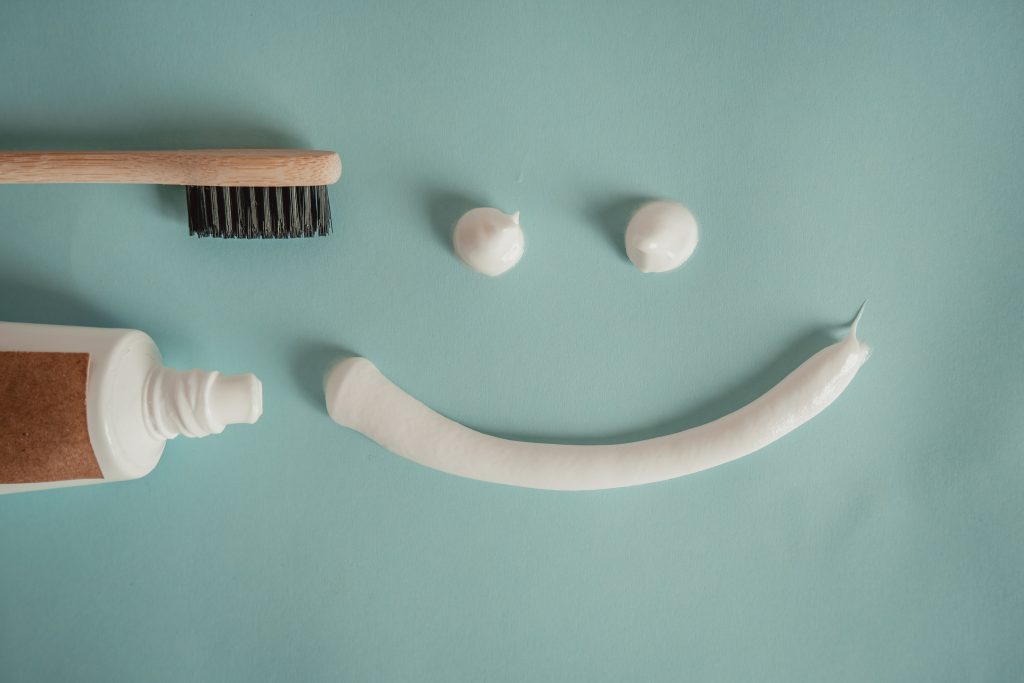
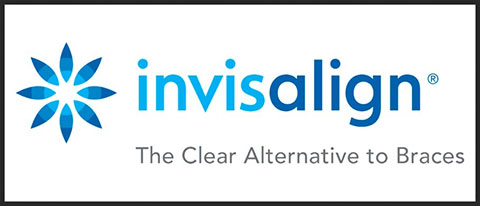
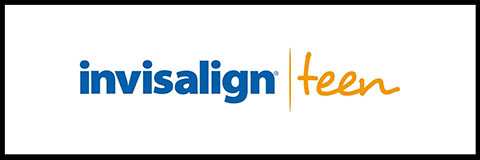
Join the discussion 9 Comments